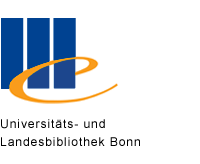This paper uses the housing market to examine the costs of indoor air pollution. We focus on radon, an indoor air pollutant which is the largest source of exposure to natural ionising radiation and the leading cause of lung cancer after smoking. To overcome potential confounders, we exploit a natural experiment whereby a risk map update in England induces exogenous variation in published radon risk levels. Using a repeat-sales approach, we find a significant negative relationship between changes in published radon risk levels and residential property prices of affected properties. Interestingly, we do not find that the effect of increasing or decreasing radon risk is symmetric. We also show that the update of the risk map led higher socio-economic groups (SEGs) to move away from radon affected areas, attracting lower SEG residents via lower prices. Finally, we propose and utilise a new theoretical framework to account for preference based sorting which allows us to calculate that the average willingness to pay to avoid radon risk is $3,360.

